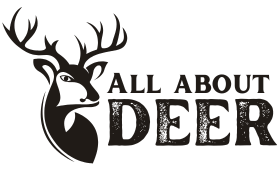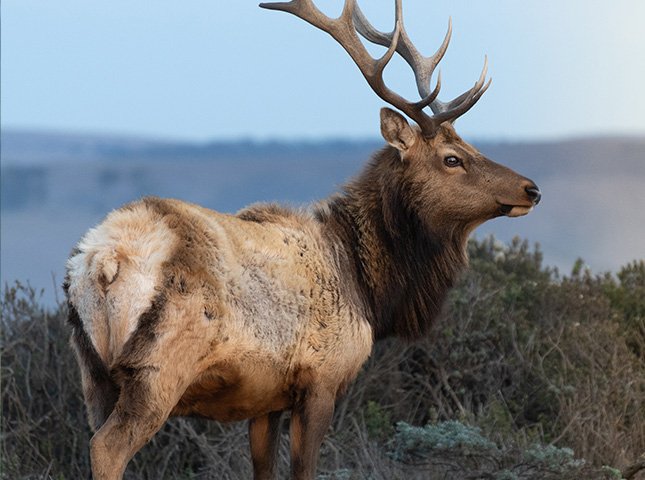Deer have diverse eating habits – but do they eat sweet feed?
Deer have taste buds that can detect sweetness – but they prefer natural vegetation like grasses, leaves and fruits. Wild food sources usually take precedence over sweet feed.
But, there may be times when deer consume sweet feed if it’s nearby. It’s important to remember that unfamiliar foods can disrupt a deer’s digestive system and health.
So, if you’re considering feeding sweet feed to deer, focus on giving them natural food sources. This ensures a balanced diet and reduces any health risks.
Table of Contents
What is sweet feed?
Sweet feed is a horse food made from grains, molasses, and other ingredients. It’s tasty and packed with energy. It’s usually in pellet form and good for all ages and breeds of horses.
However, deer are mainly herbivores. Grass, leaves, fruits, and nuts are their main diet. Although there are claims that deer eat other things, there’s no proof that they search out or eat sweet feed.
Deer have dietary needs that are best met through their natural diet. Unfamiliar foods like sweet feed can upset their digestive system and make them sick. So, ask wildlife experts or vets before you give sweet feed to wild animals like deer.
Do deer eat sweet feed?
Deer love sweet feed! It’s a mix of grains, molasses, and other yummy ingredients. The sugar makes it really tempting for them. Sweet feed is a great source of nutrients, so it helps supplement their diet. Plus, it has extra calories, which can be useful in winter or when fawns are nursing.
Still, don’t overfeed deer with sweet feed. Too much could cause digestive issues and disrupt their foraging habits. Offer it sparingly, and you’ll get to see these majestic creatures up close, while helping to keep them healthy and happy.
Risks and considerations of feeding sweet feed to deer
Feeding sweet feed to deer has risks and considerations. It’s essential to take these into account prior to making a decision on whether to provide sweet feed.
- Sweet feed is for domestic animals–it may not meet the nutritional needs of wild deer. Too much sugar can cause metabolic issues and weight gain, which can be harmful.
- Giving sweet feed can affect deer’s natural foraging behavior, making them rely on human-provided food instead of finding their own in nature. This can disrupt their ecosystem.
- It can also draw unwanted animals, such as rats or raccoons, which can cause destruction or spread diseases.
- It is possible to overfeed deer if portion control is not followed. Overeating can lead to digestive issues as well as death.
- In some areas, it may be illegal to feed sweet feed. Check local regulations before providing any supplemental food.
An alternative to providing sweet feed is to plant native vegetation and provide water sources to support deer populations. Additionally, healthy forests and minimal disturbances help sustain deer populations.
It is essential to understand the risks to make informed decisions about feeding practices that promote wildlife health and survival.
Alternatives to sweet feed for attracting deer
Attracting deer? There’s several options besides sweet feed that can be just as effective.
- Plant food plots with crops like clover and alfalfa.
- Offer mineral supplements designed for deer.
- Put out salt blocks or licks.
- Create a diverse habitat with various plants and trees.
- Plus, provide fresh water sources like ponds or streams.
Sweet feed might be popular, but there’s other methods to draw in the majestic creatures. The Texas Parks and Wildlife Department report that protein-rich pellets can improve body condition and antler growth in deer populations.
Conclusion
Wildlife lovers often debate over deer’s food tastes. Generally, deer don’t eat sweet feed, as their diet consists of browse and forage. But, in some areas, deer may be drawn to sweet feed’s aroma and sweetness. This could be due to its production with ingredients such as molasses and grains. This attraction is not consistent across all deer populations.
A hunter recently described a surprising scene. A group of deer approached a livestock area with sweet feed. They seemed curious about it and were even nibbling on the grains. The hunter was both puzzled and intrigued.
It’s noteworthy that some deer may be interested in sweet feed, but it should not be their main food source. Deer need forage and browse to stay healthy. Sweet feed should only be used sparingly, if at all, as a supplement, not a staple.


